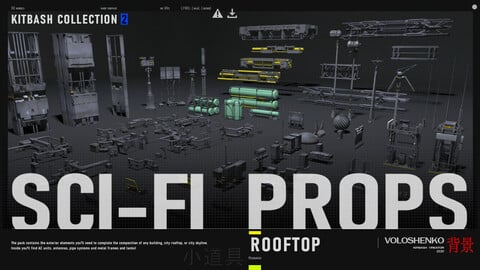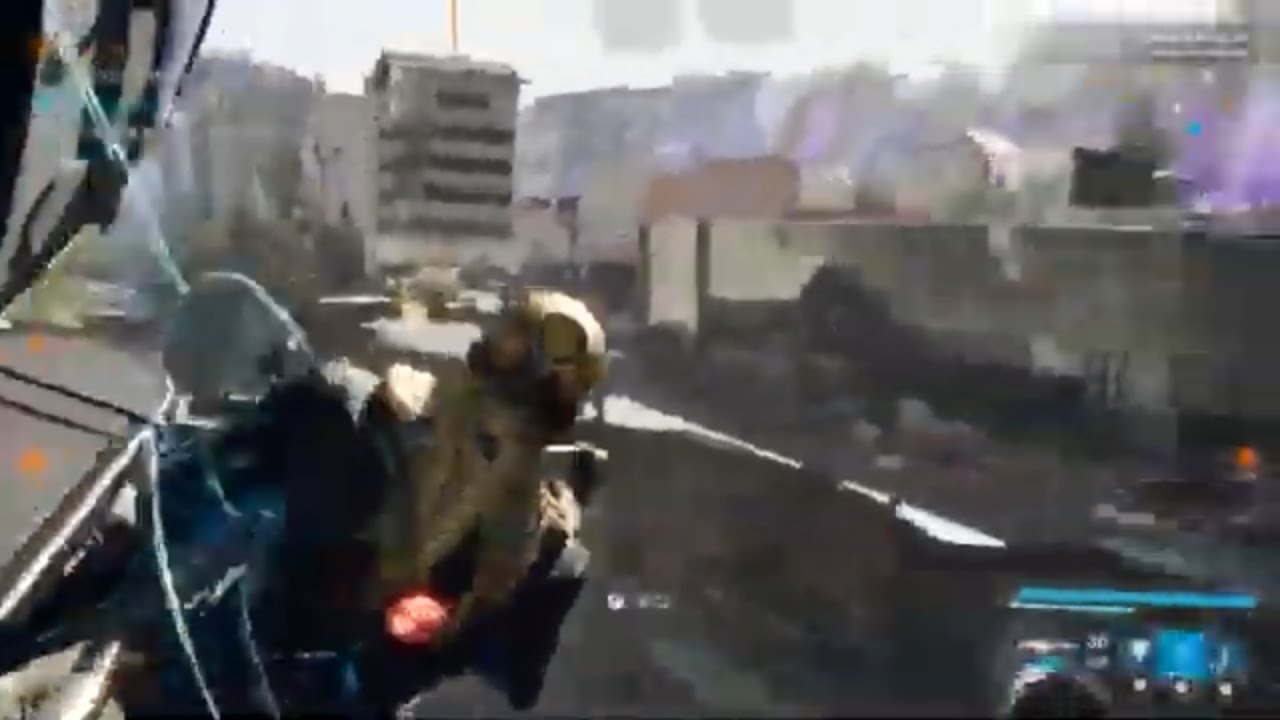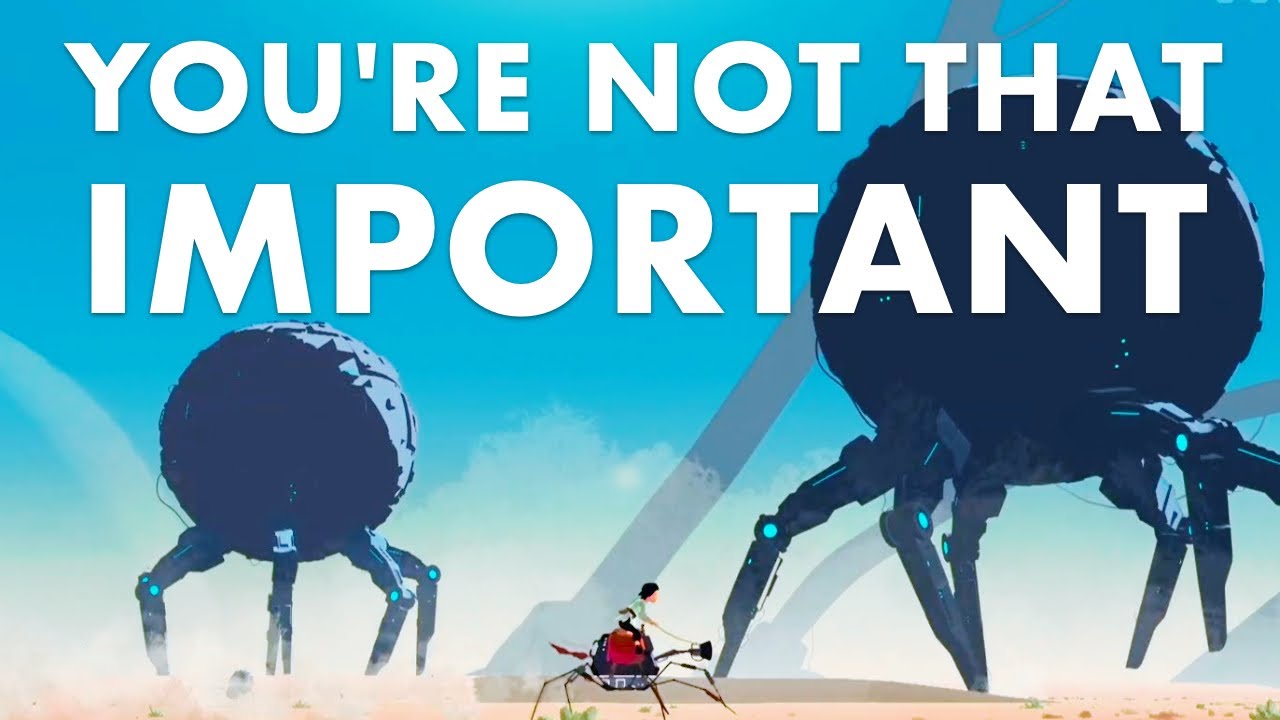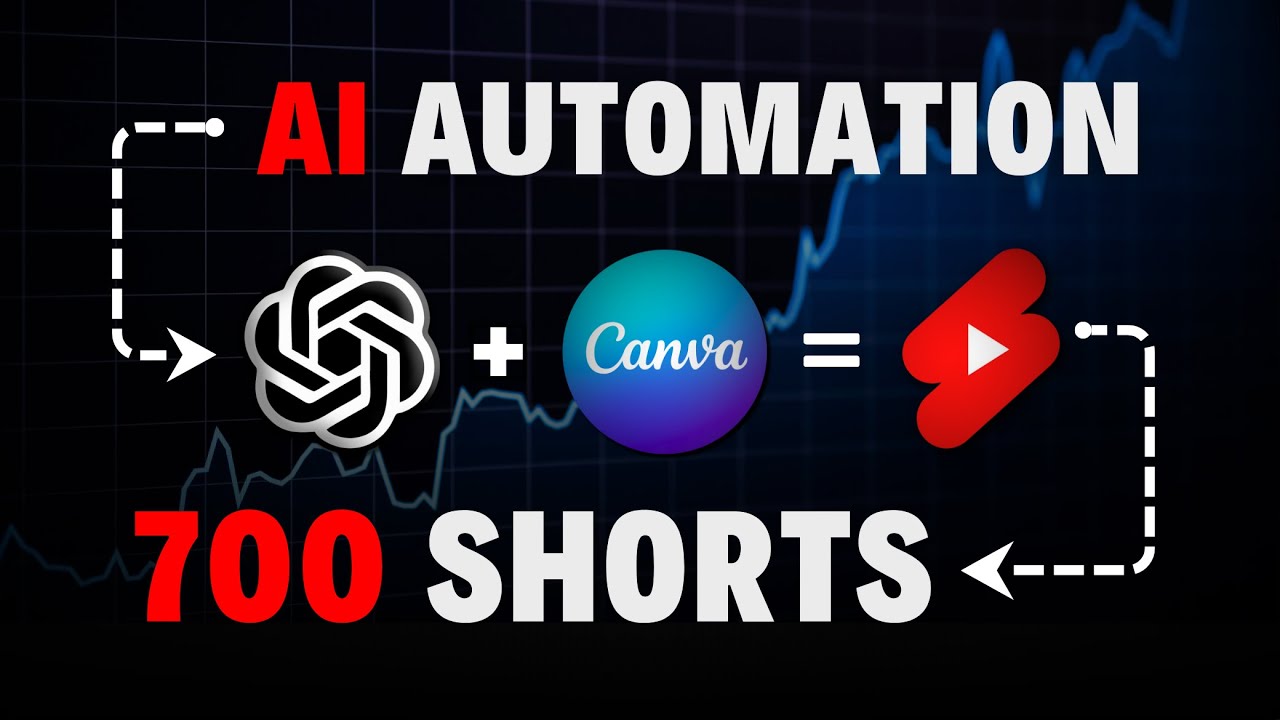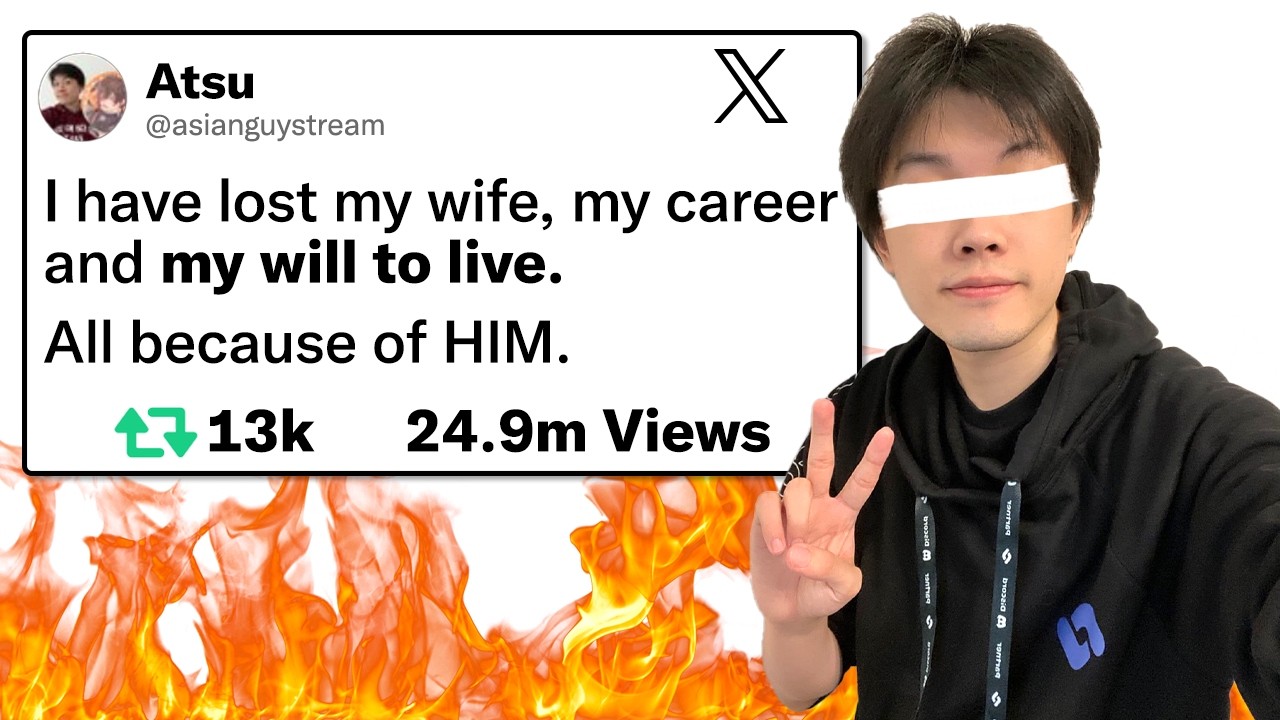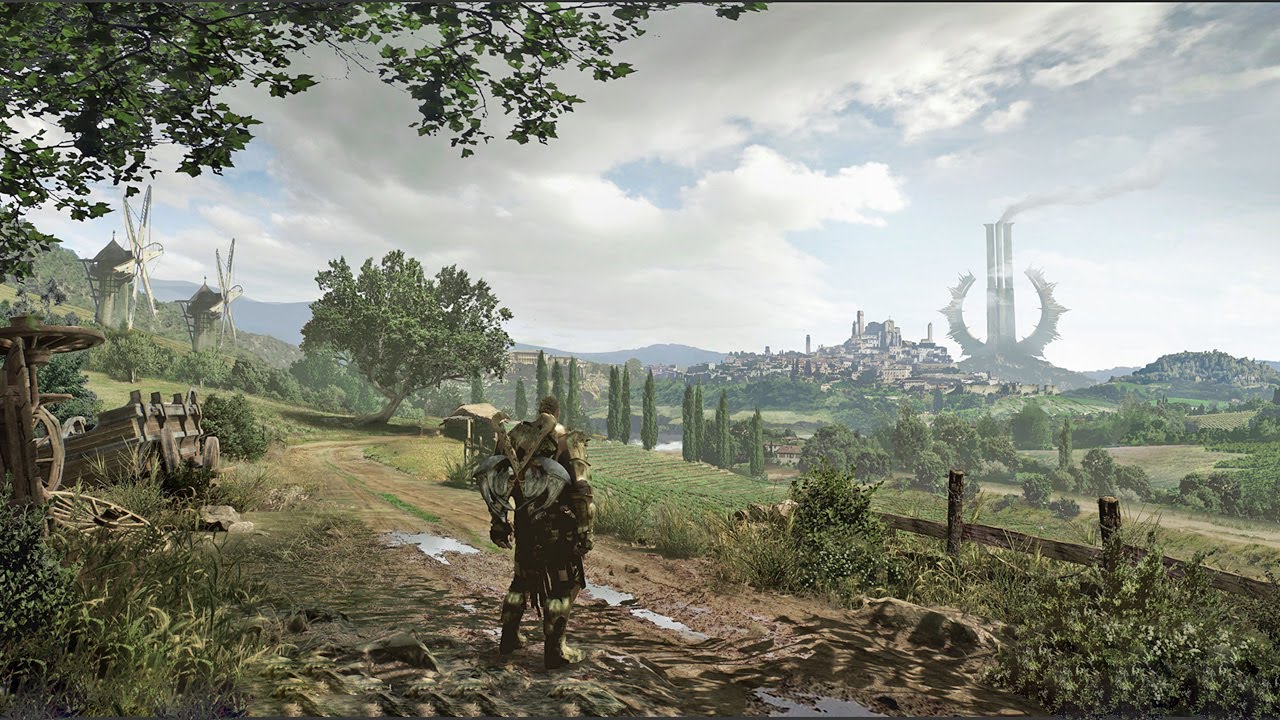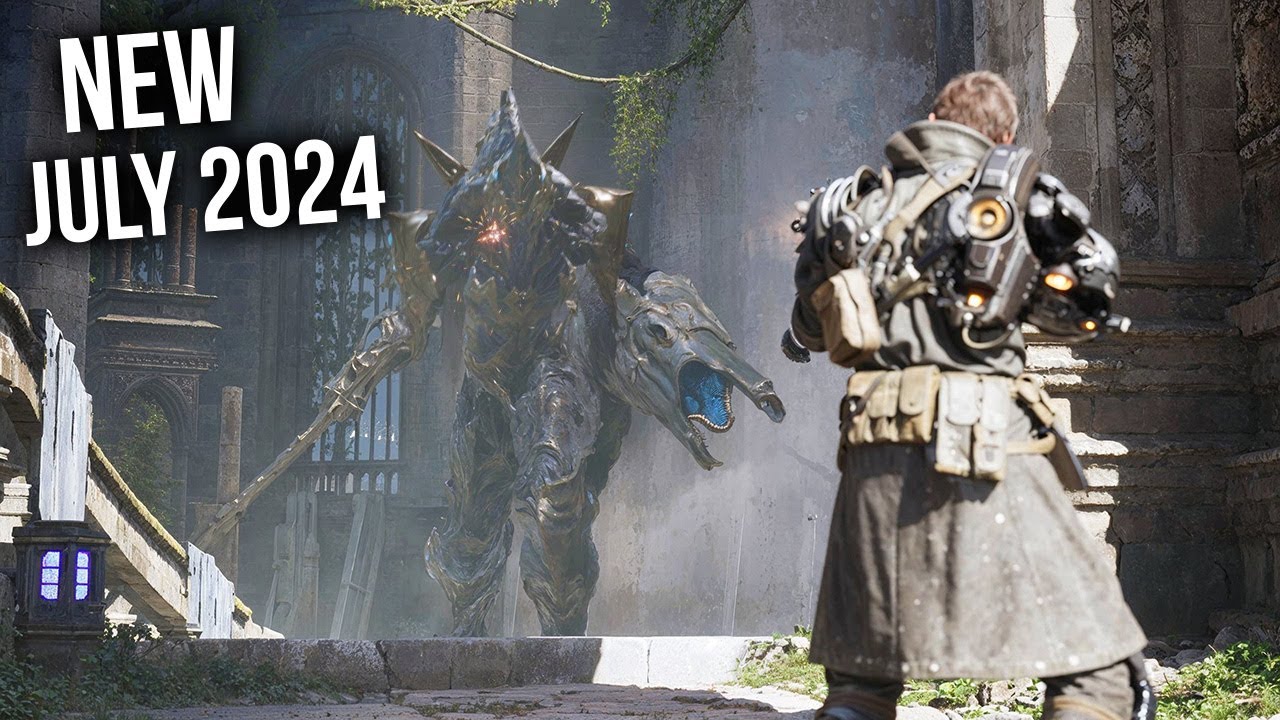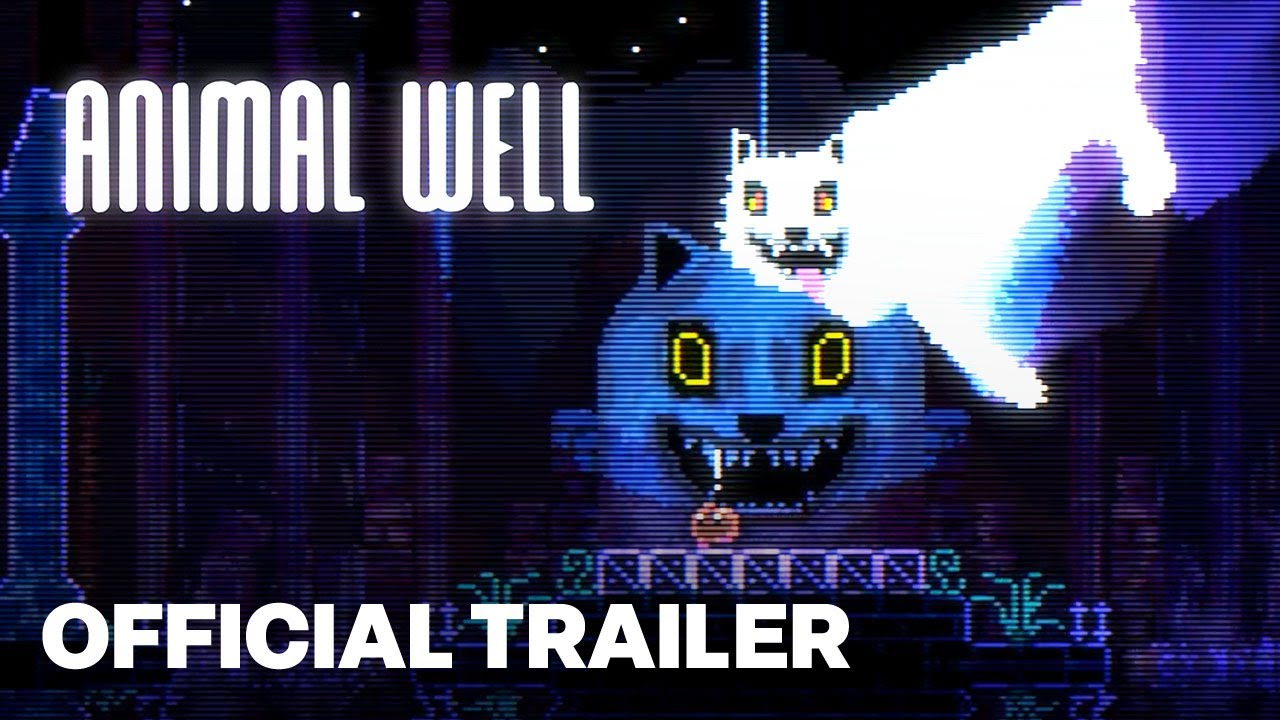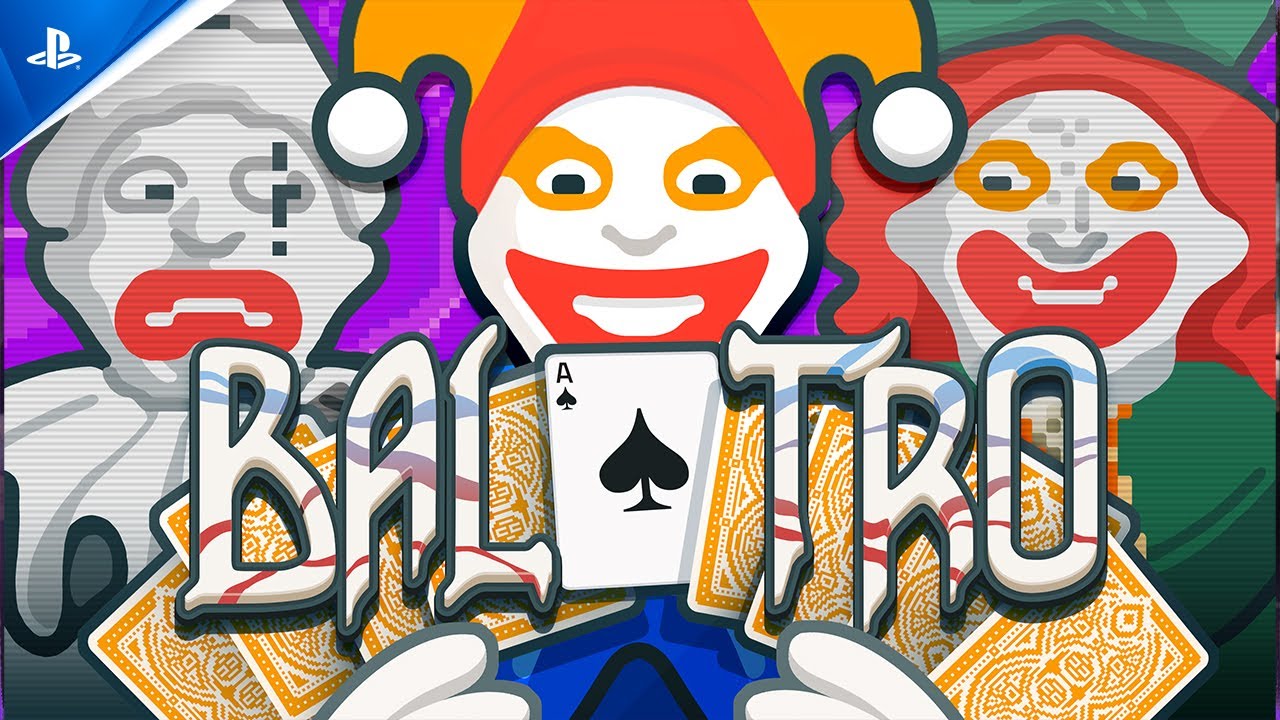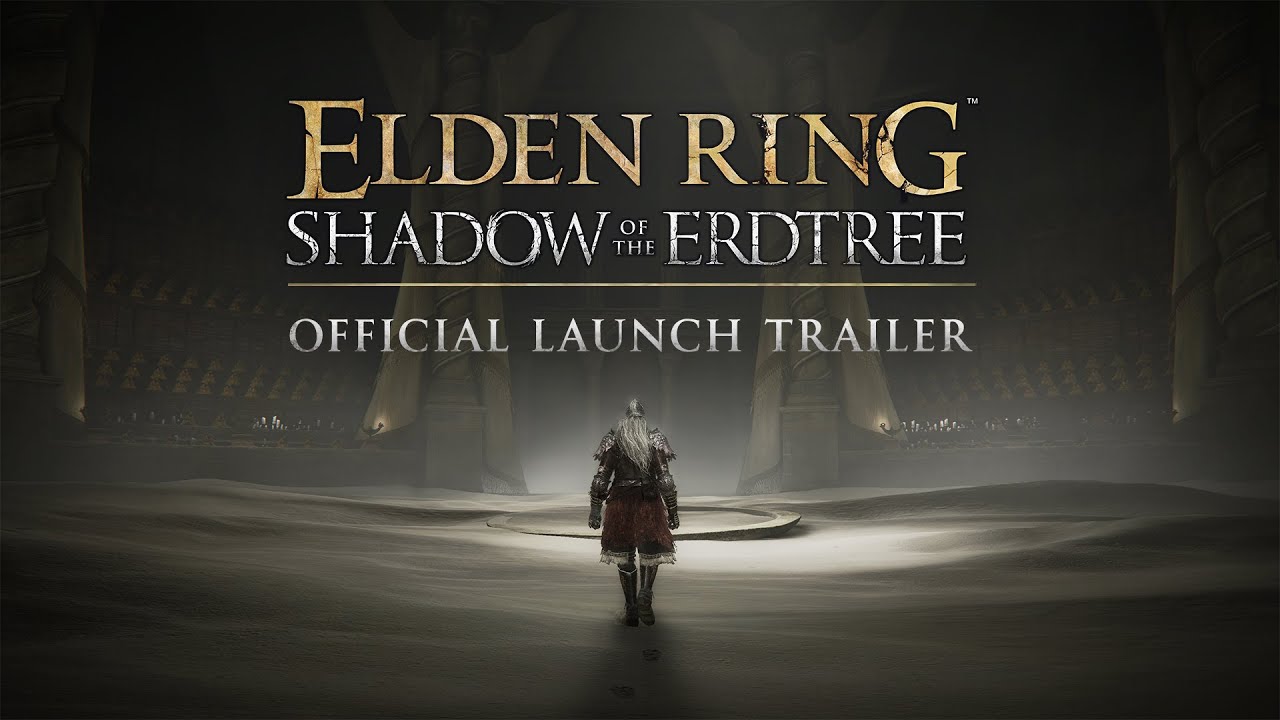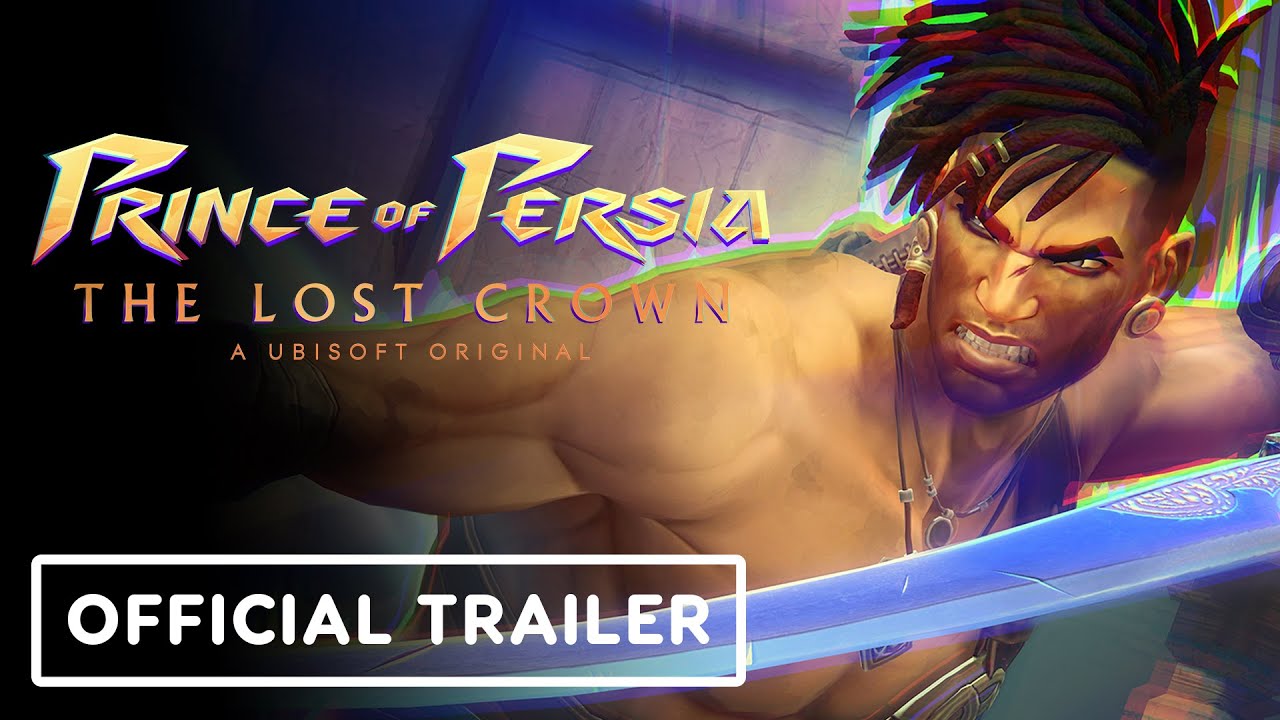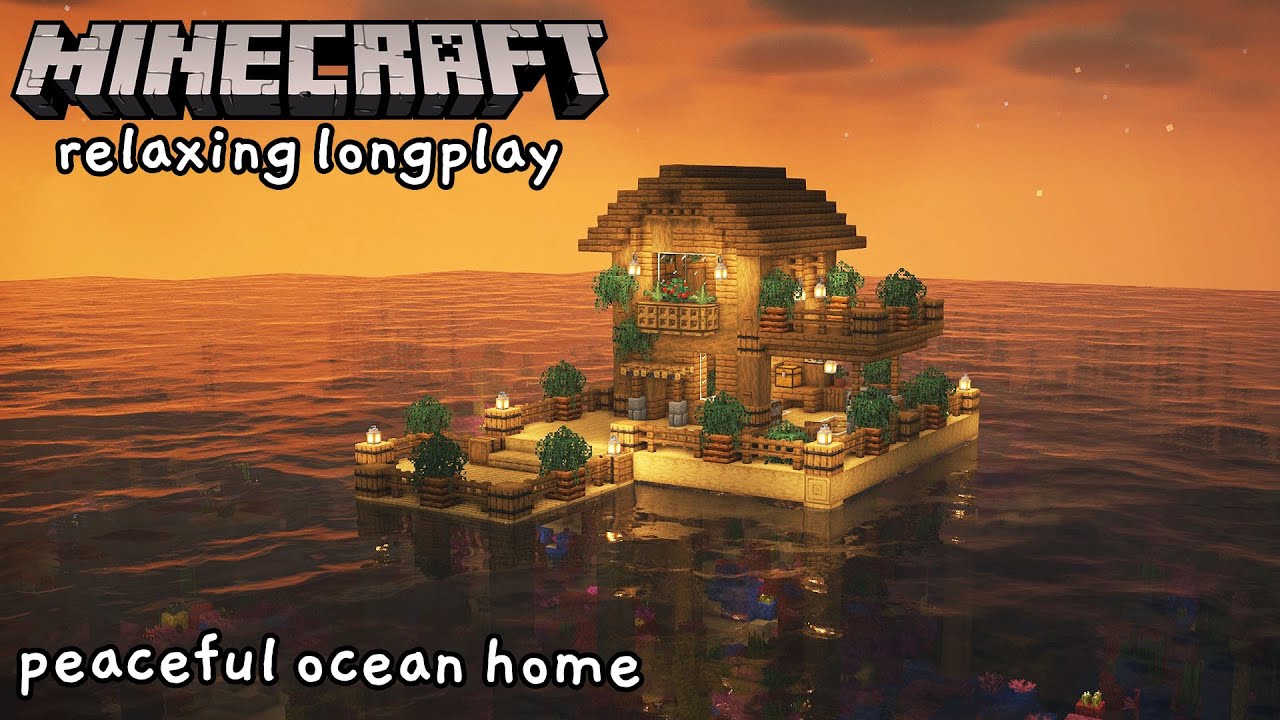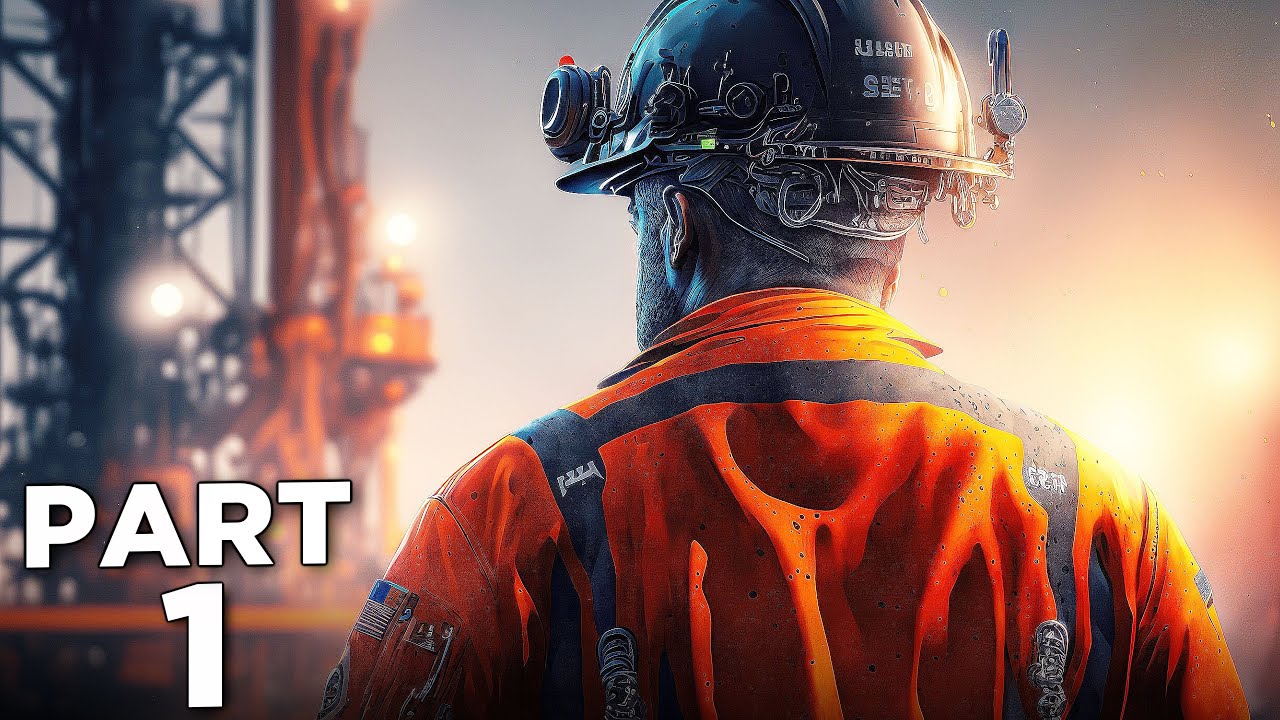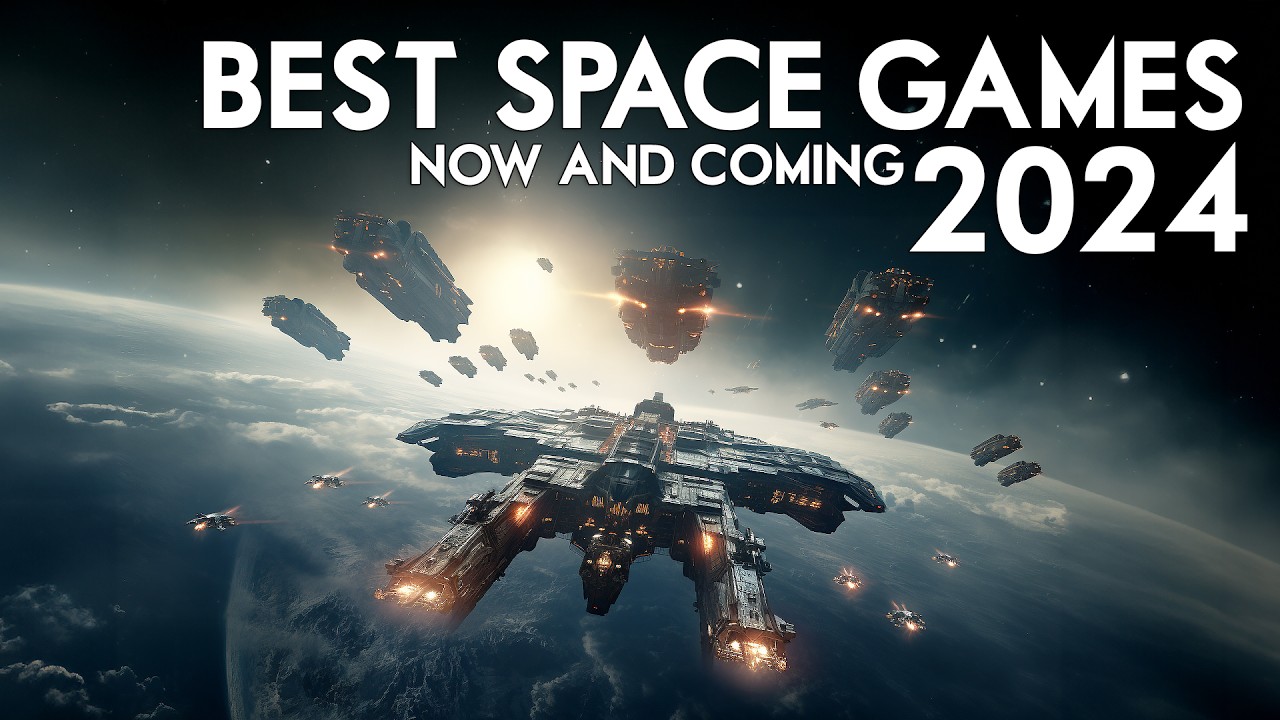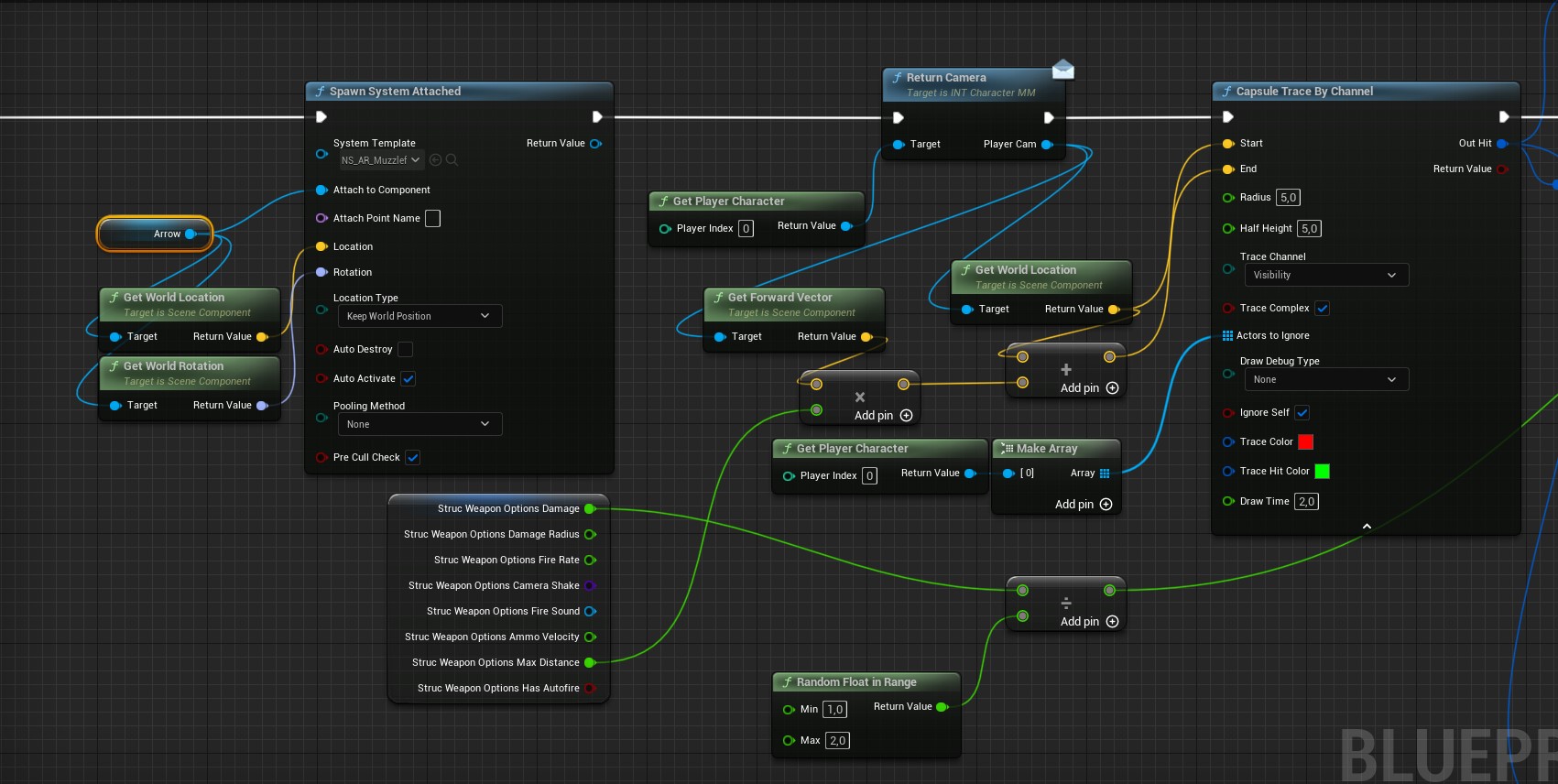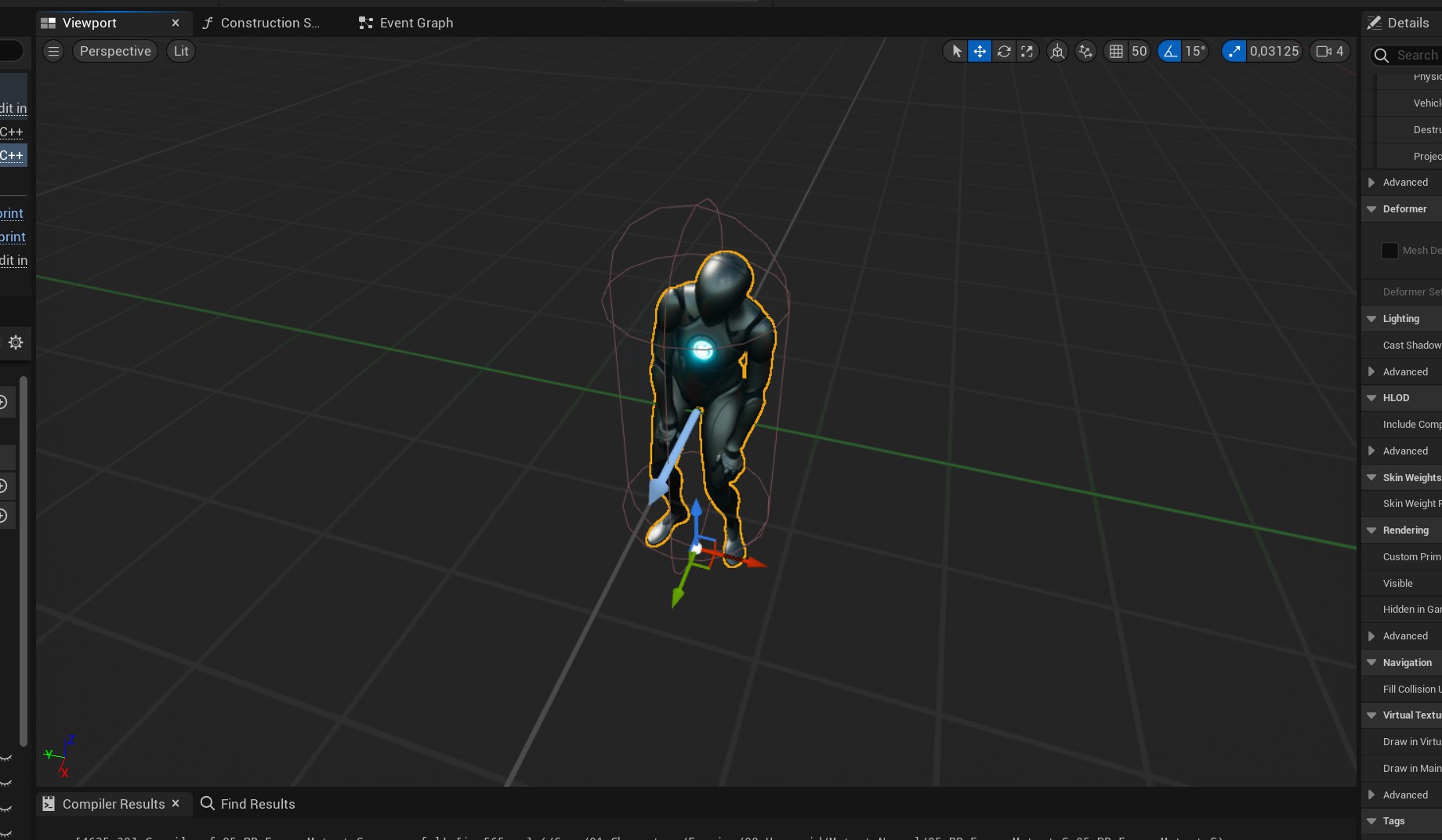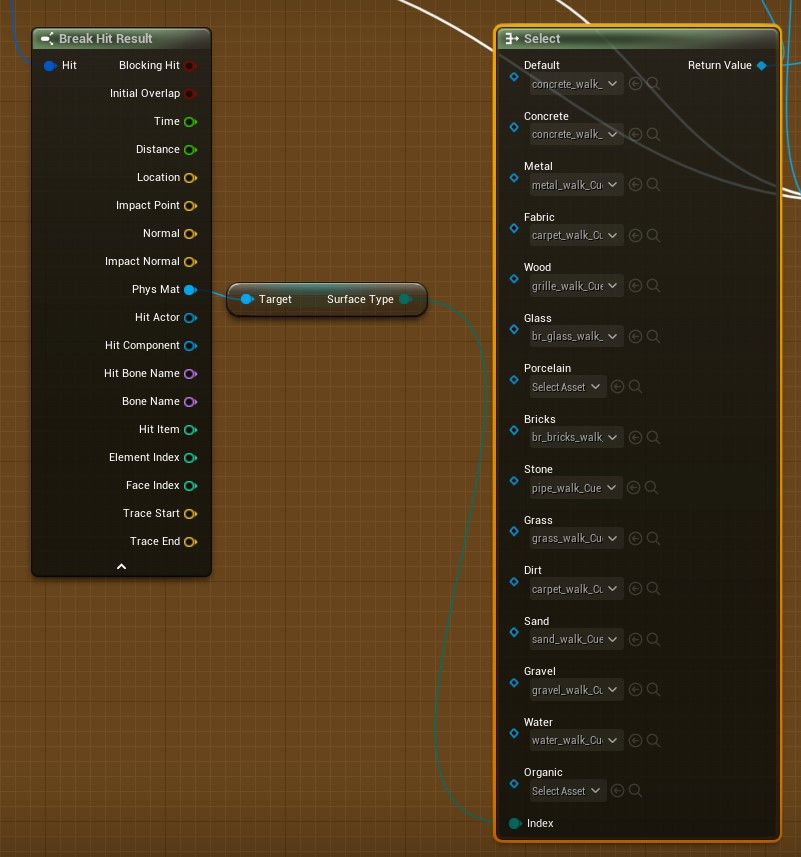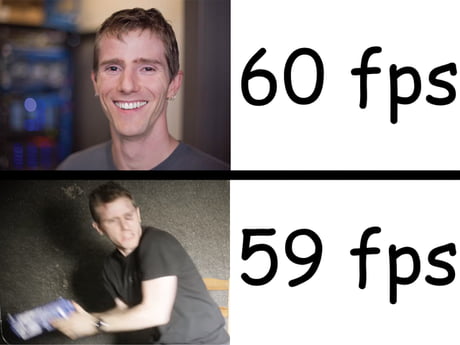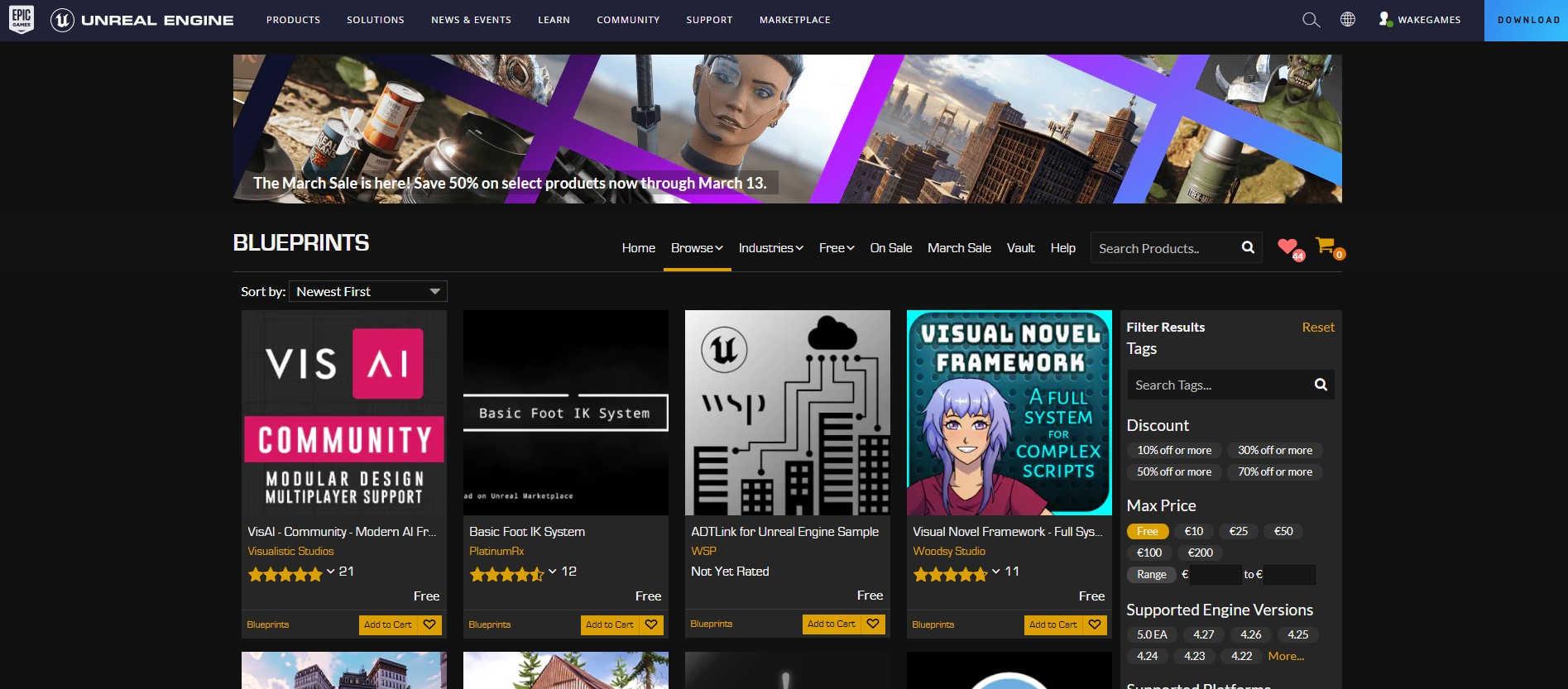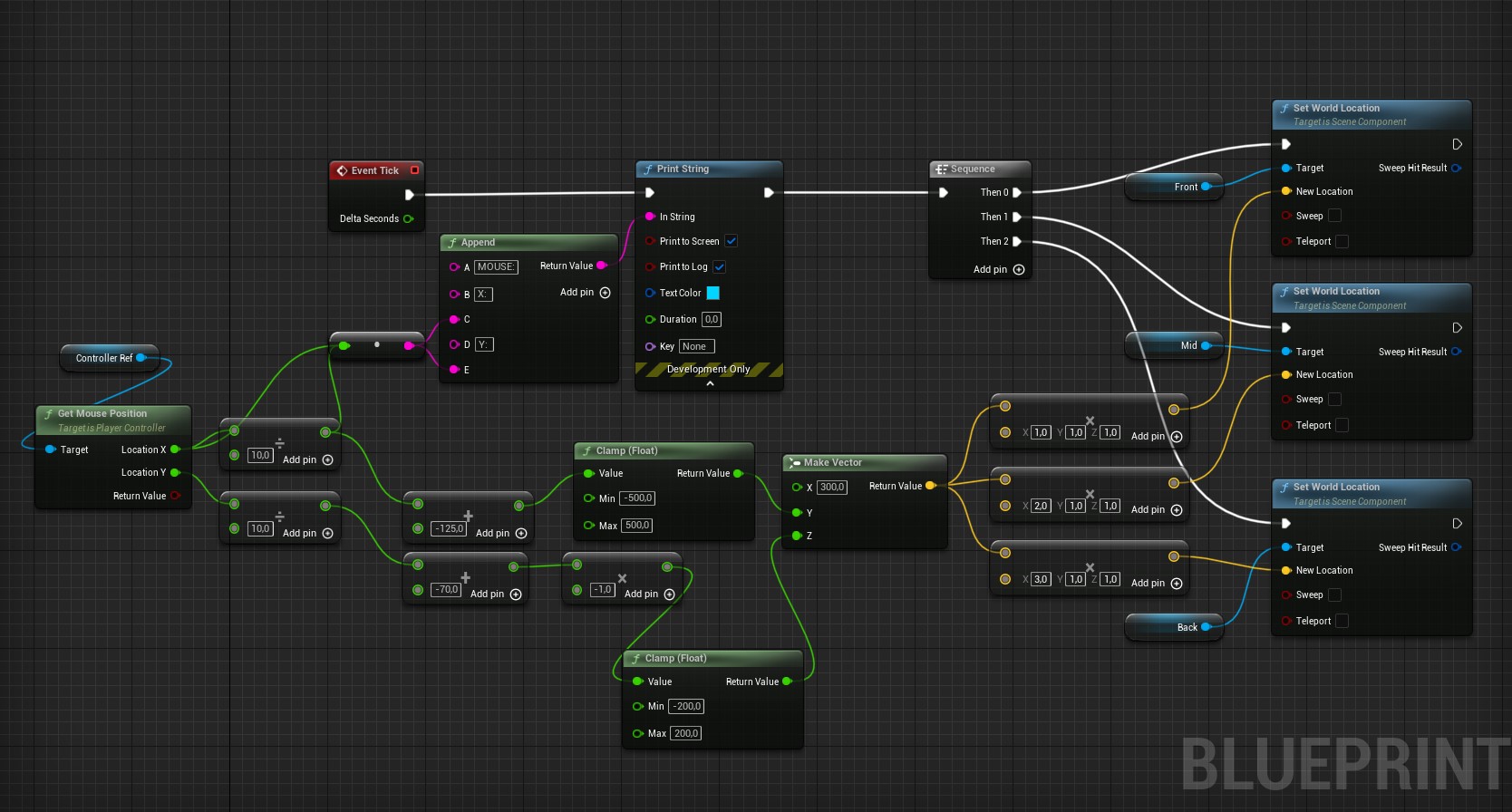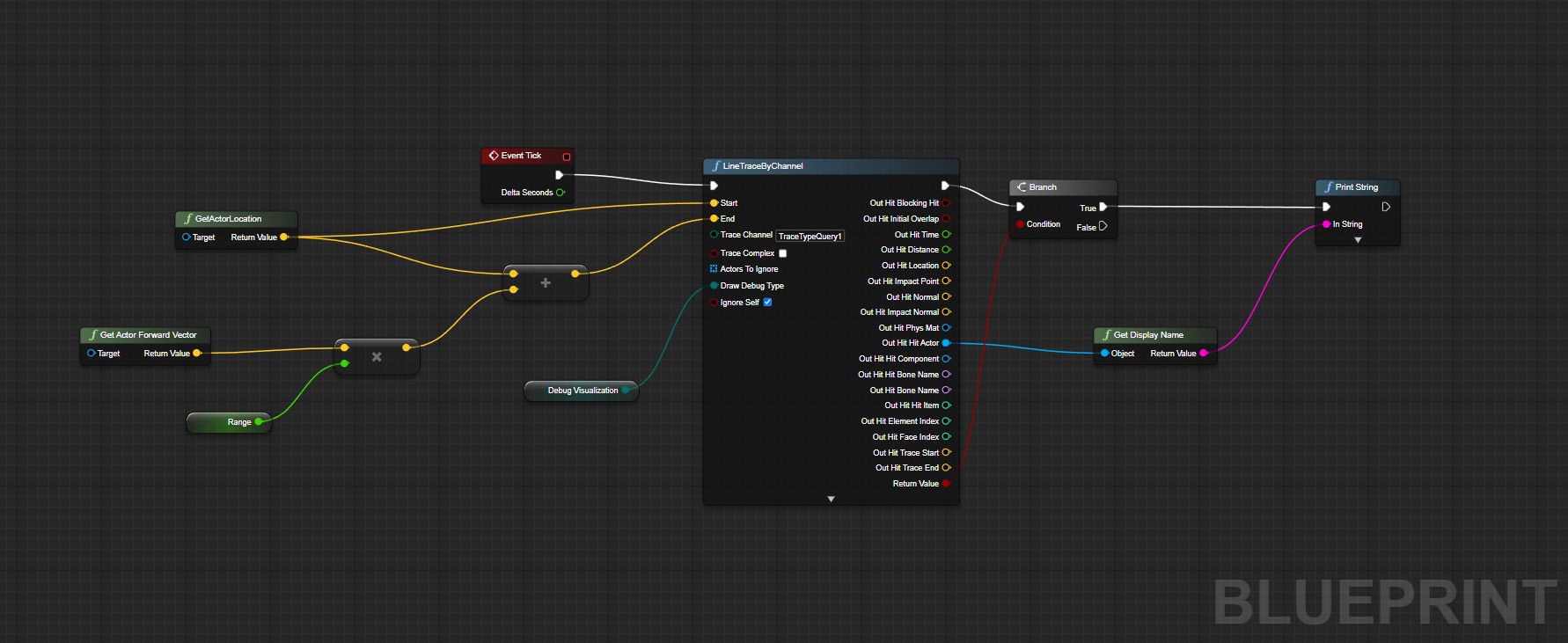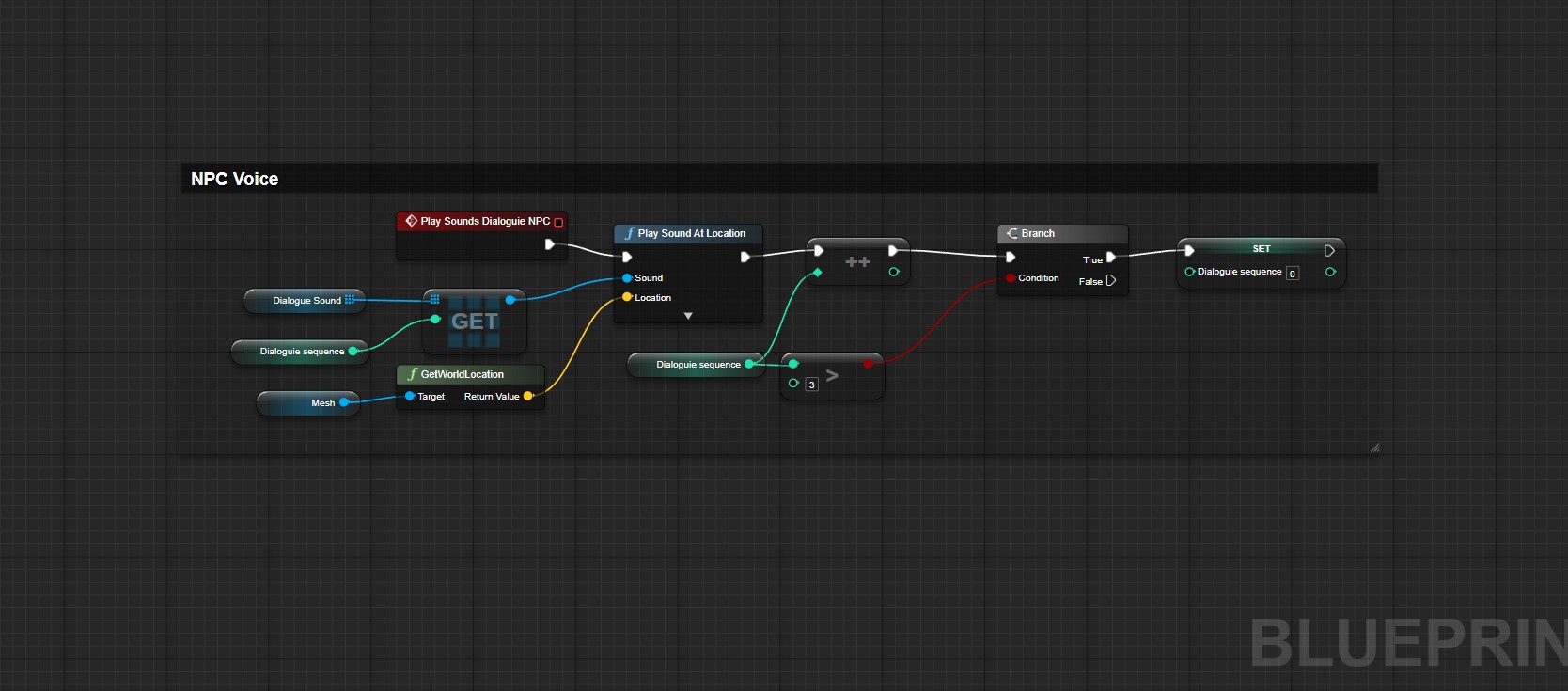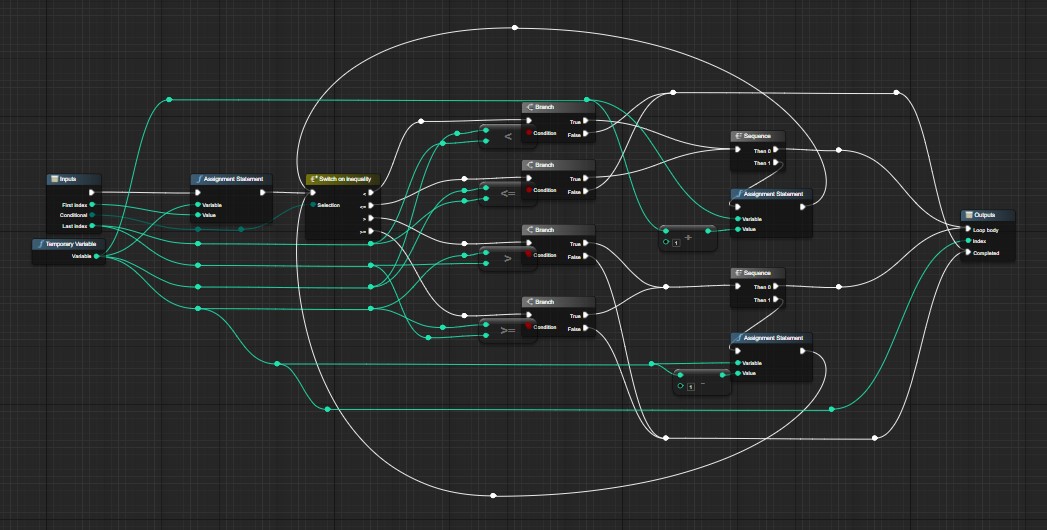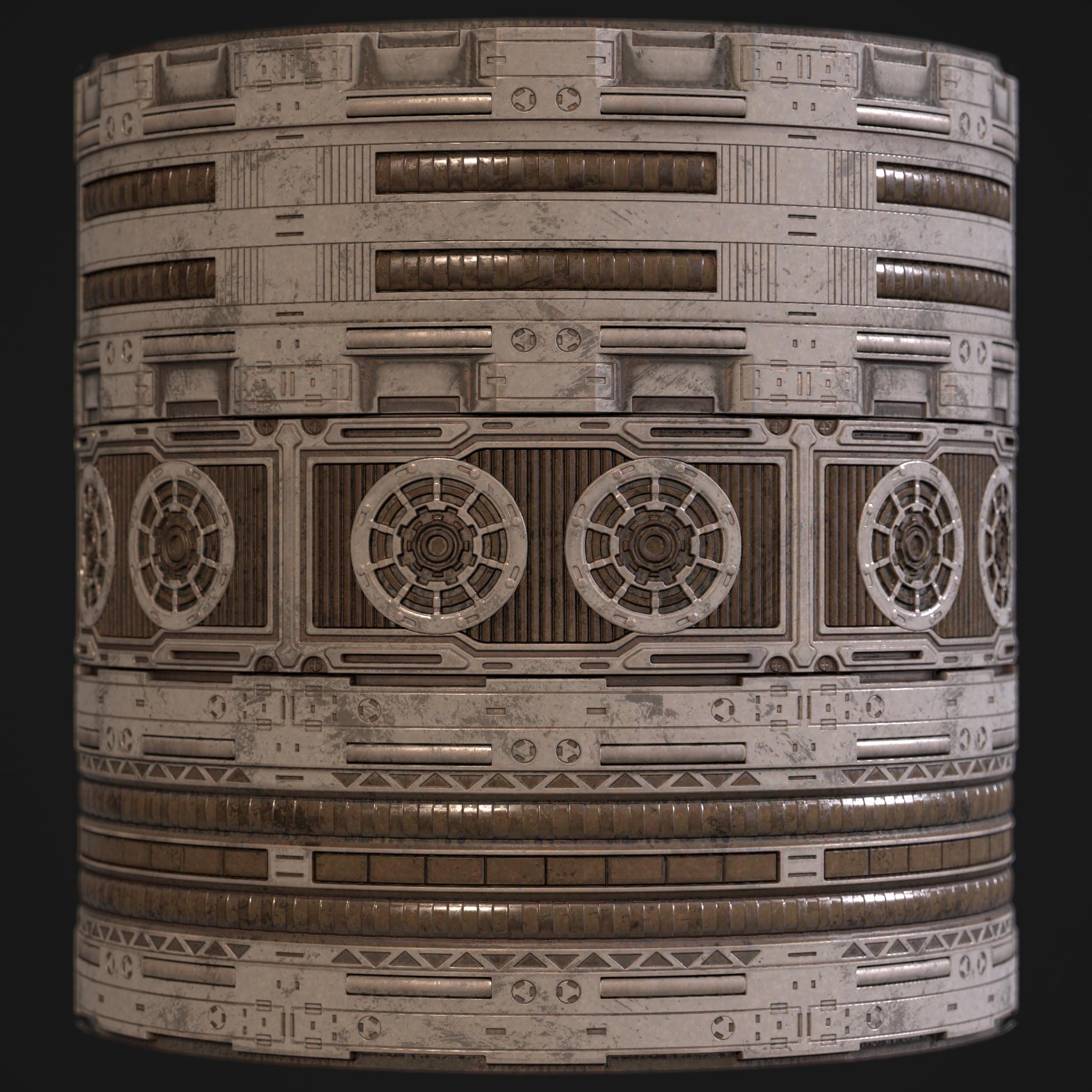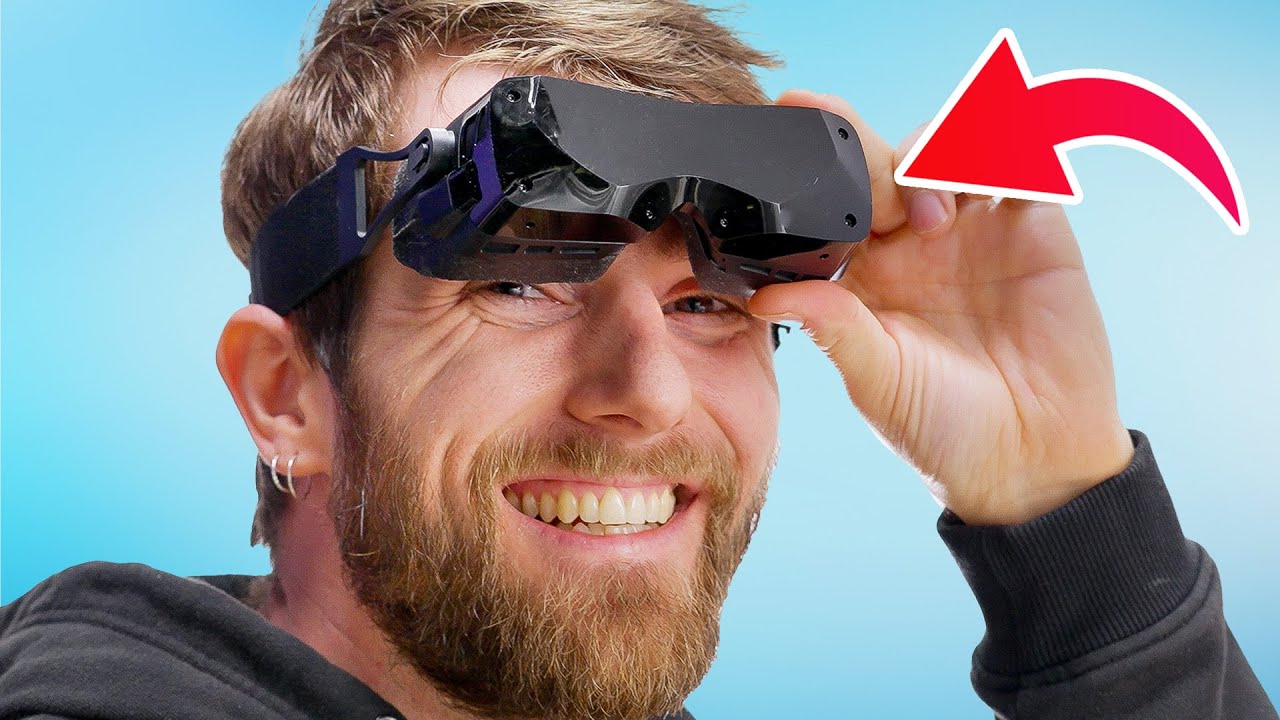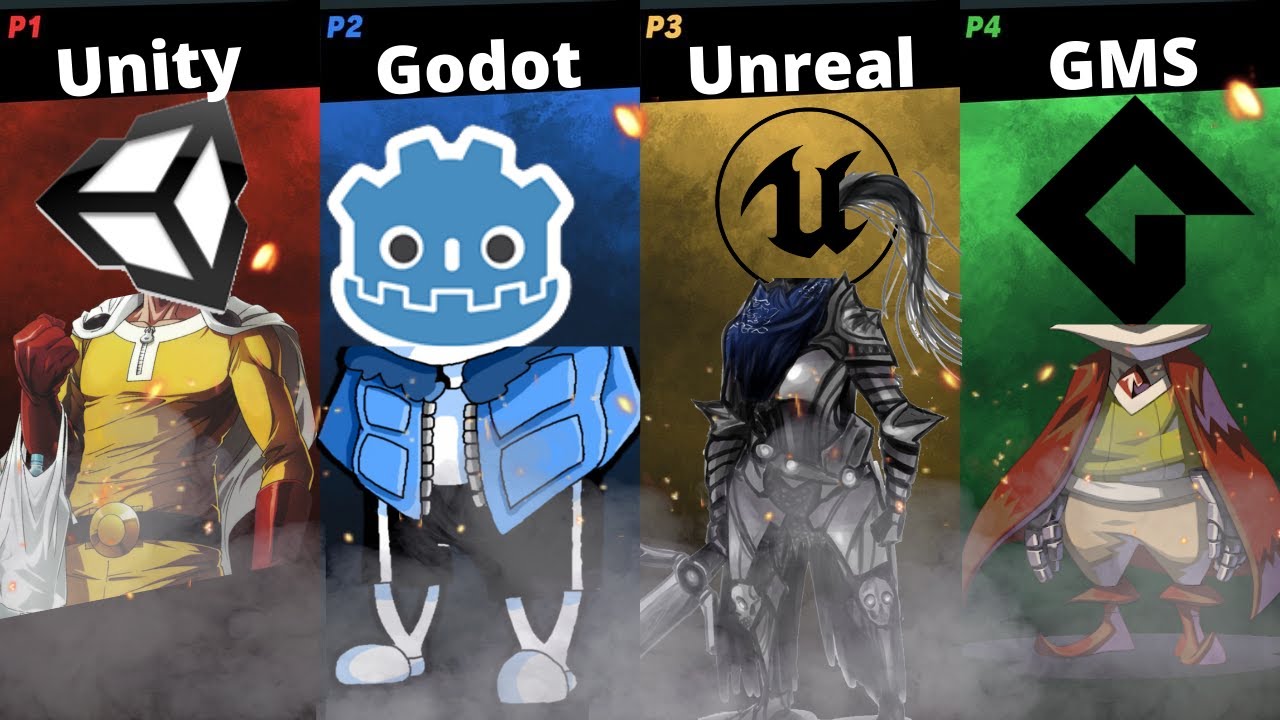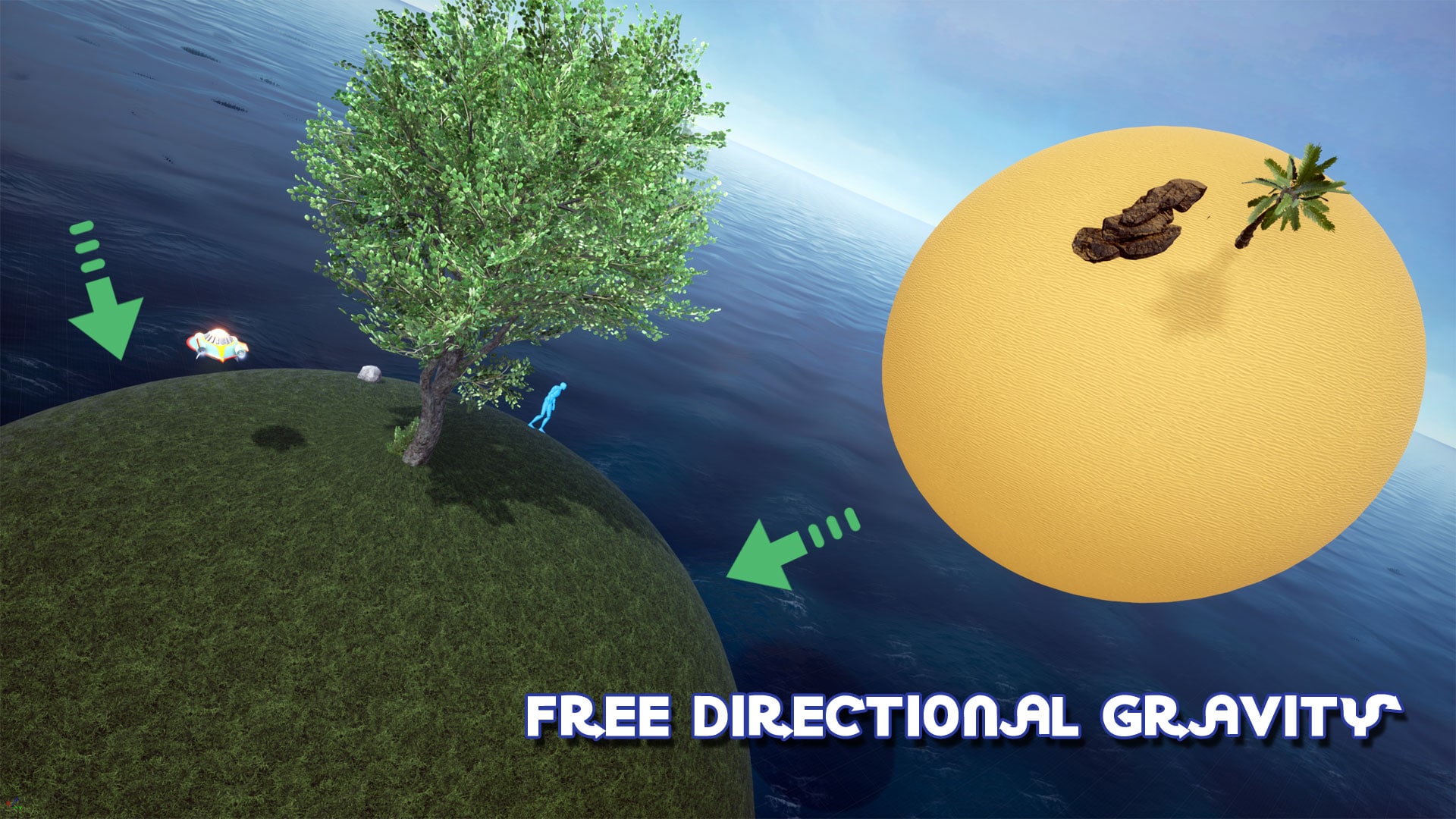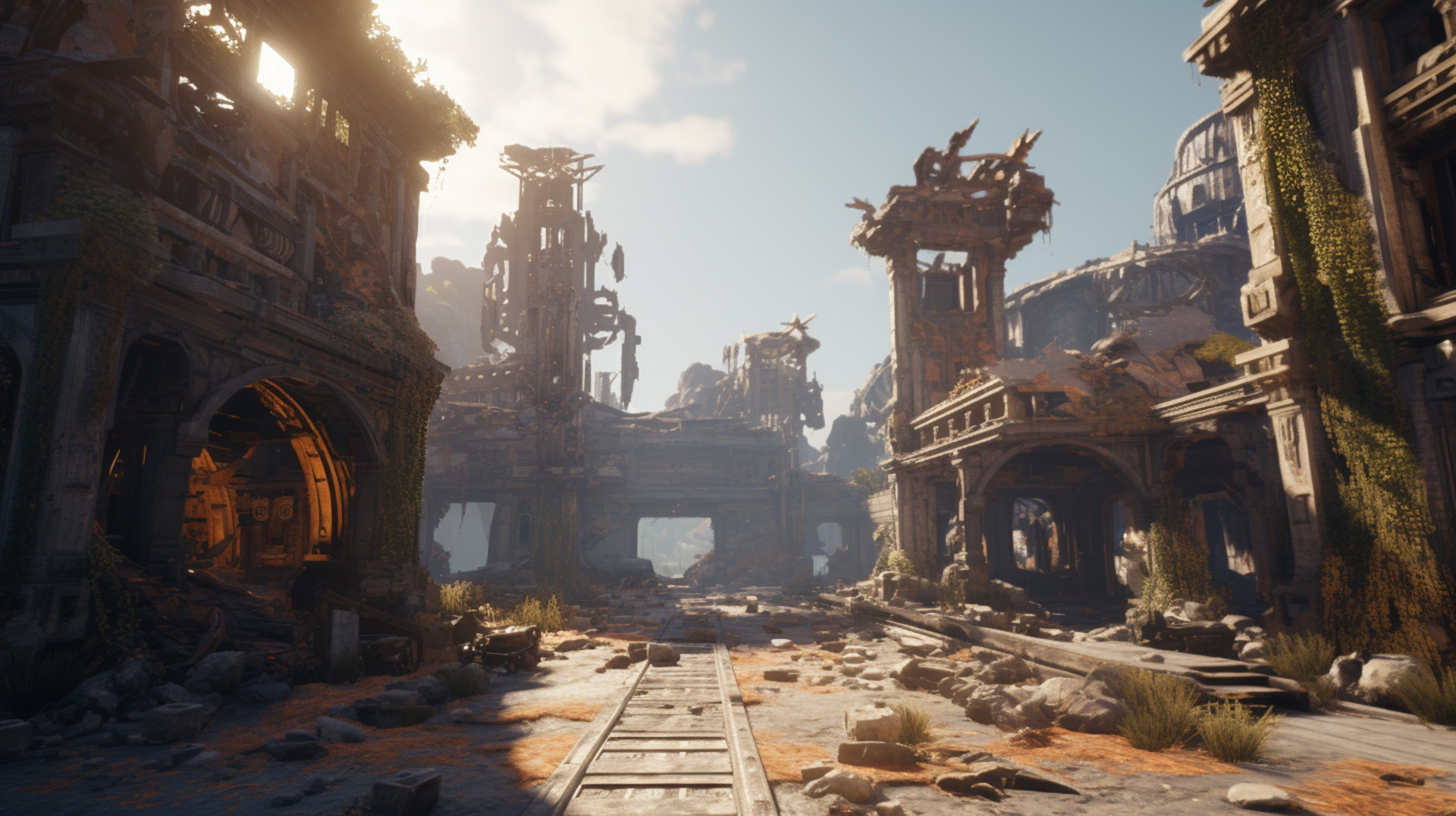Text-to-3D technology is a groundbreaking advancement in the realm of digital content creation, enabling users to convert textual descriptions into three-dimensional models. This technology is increasingly being adopted across various industries, from gaming and entertainment to architecture and education, due to its ability to streamline the creation process and enhance visual representation.
One of the notable tools in this field is Masterpiece Studio, which uses Natural Language Processing (NLP) to transform descriptive language into 3D models. Its user-friendly interface and ability to generate fully functional 3D models and animations make it a popular choice among both professionals and hobbyists.
DreamFusion is another significant player, utilizing 2D diffusion techniques to create 3D models from text descriptions. This tool has been recognized for its ability to generate detailed and accurate 3D models, offering applications in entertainment, gaming, architecture, and more.
MetaDreamer presents a unique approach by employing a two-stage optimization pipeline, focusing first on geometric representation and then on texture optimization, to produce high-quality 3D objects efficiently.
Another noteworthy tool is Meshcapade, which specializes in creating lifelike 3D avatars. It offers seamless integration with various game engines and graphics applications, producing avatars with realistic movement and appearance.
Luma AI provides a suite of tools, including text-to-3D conversion in its alpha stage, which shows promise for various applications, from game art to e-commerce.
In summary, text-to-3D technology represents a significant leap forward in digital design, offering a new level of efficiency and accessibility in creating 3D models and broadening the horizons for creators across various sectors.
